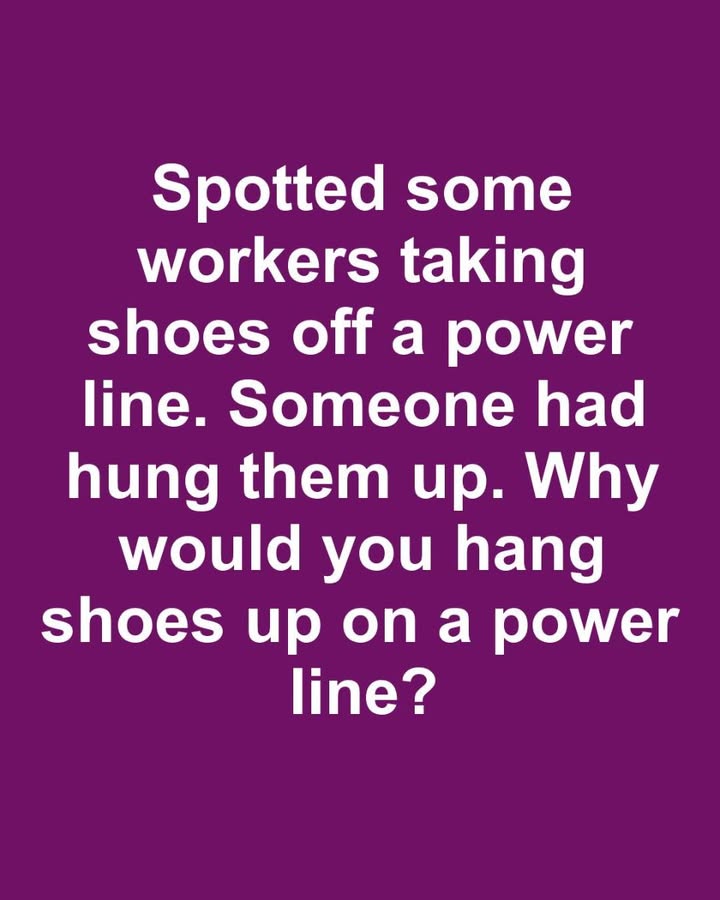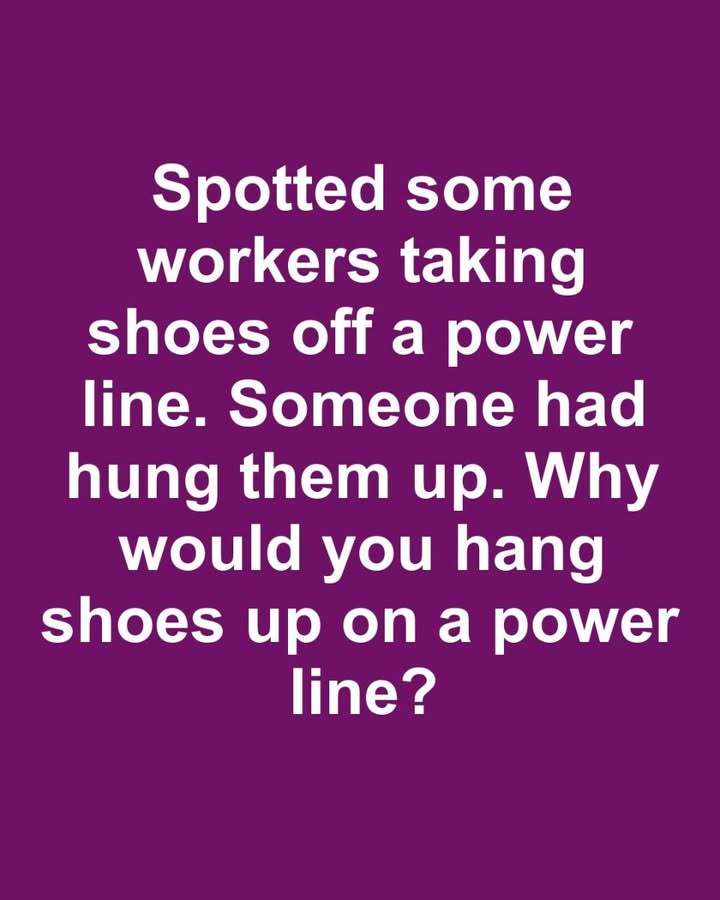Strolling through a city or quiet suburb, you might notice a pair of shoes swinging from a power line, sparking all sorts of questions. Is it just kids being silly, or is there more to it? This strange tradition has become a curious part of urban life, carrying meanings from celebration to rebellion, and it’s got people talking about what it all represents.
The history of this practice is murky, with different stories floating around. Some say it started with soldiers tossing boots over wires to mark the end of their duty, a symbolic goodbye to one chapter. Others believe it came from street gangs using shoes to show they control an area. Whatever its roots, this habit has grown into a piece of city folklore, with each pair of shoes adding to the mystery and charm.

In some places, these dangling shoes are seen as more than a prank—they’re a form of expression. They might mark a big moment, like graduating or moving on from youth, or even act as a quiet tribute to someone who’s gone. Some communities view them as a kind of street art, sparking curiosity and conversation. But darker theories exist too, like claims they point to drug activity nearby, though these ideas often lack solid evidence.
The fun comes with a catch. Shoes on power lines can strain the wires, causing power outages or fire risks. Utility workers put themselves in danger to remove them, which is why officials ask people to stop and report sightings. In cities like Los Angeles, shoes have led to real disruptions, prompting cleanup campaigns. It’s a reminder that what seems like a playful act can have serious consequences.
Reactions to this trend differ widely. Some love the quirky vibe it adds to a neighborhood, seeing it as a sign of youthful spirit. Others find it messy or worrisome, linking it to trouble. Legally, it’s often considered vandalism, with fines possible. Community efforts are spreading the word about the risks to keep everyone safe. Still, those shoes swinging above keep us intrigued, blending art, mystery, and a touch of rebellion in our everyday landscapes.


